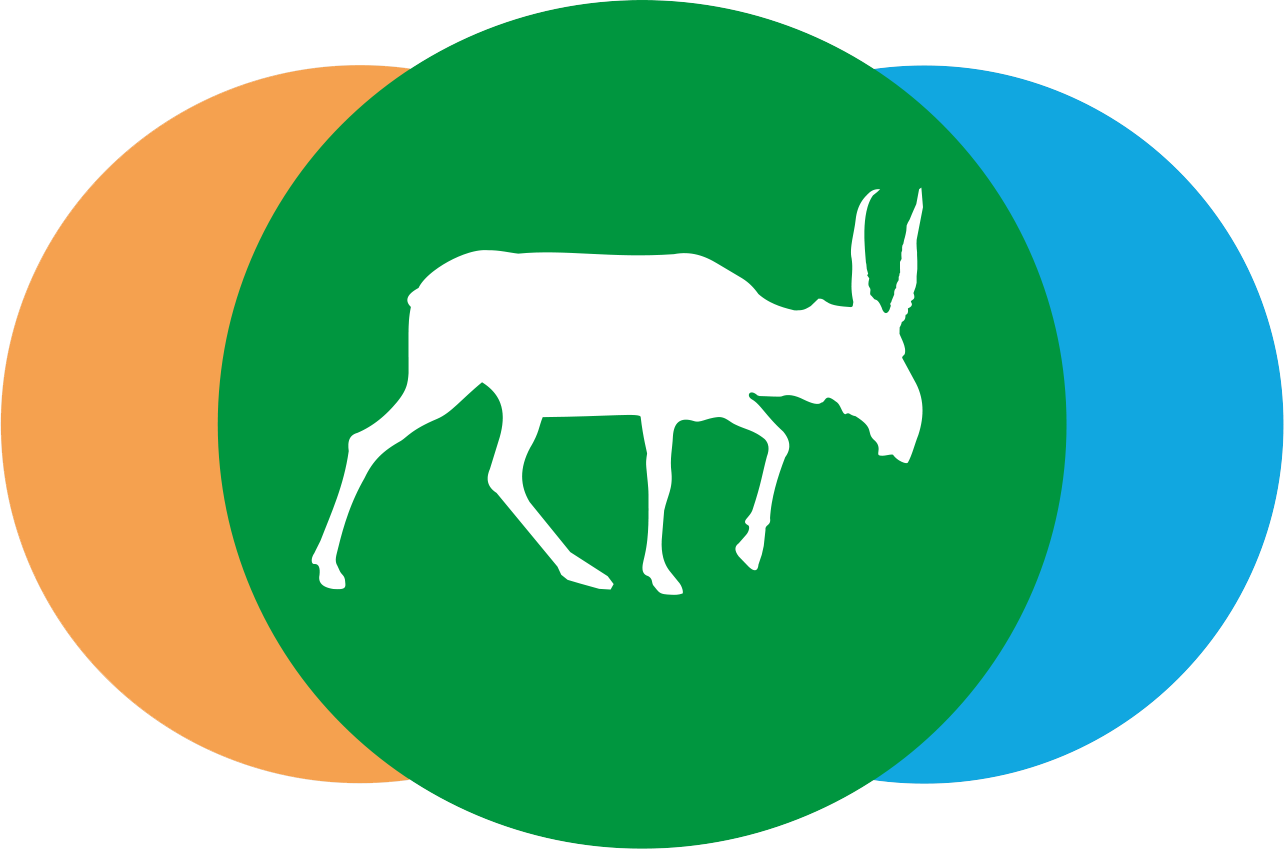Authors: Spartak N. Litvinchuk, *, Anton O. Svinin & Tatjana N. Dujsebayeva
Abstract. We examined morphometric variation in green toads of the genus Bufotes using univariate and multivariate statistics in order to identify diagnostic characters. This study describes patterns of variation in two diploid (B. sitibundus and B. perrini) and a tetraploid (B. pewzowi) species and triploid hybrids of B. perrini and B. pewzowi distributed in Kazakhstan and Kyrgyzstan (14 localities). Since body proportion characters were highly correlated, we divided them into each other and obtained 190 indices.
Using multivariate analyses we selected among them five most valuable. Discriminant analysis showed 95% of specimens correctly classified. The greatest importance for discrimination of diploid and tetraploid species had two indices related to the parotoid gland size, distance between nostrils and length of foot. Between diploid species the biggest differences were observed by two indices related to length of foot, radius bone size, and diameter of the eye. Based on these features we obtained two multiplicative indices that allow us to reliably identify 85–94% of specimens of each species. Hybrids usually had intermediate values of the indices compared to parental species (B. perrini and B. pewzowi), mostly closer to the latter. The application of these diagnostic indices will allow non-invasive identification of individuals of these diploid and tetraploid species during field research and study of museum specimens.
Key words. Amphibia, polyploidy, morphological variation, external characters, Kazakhstan, Kyrgyzstan.

